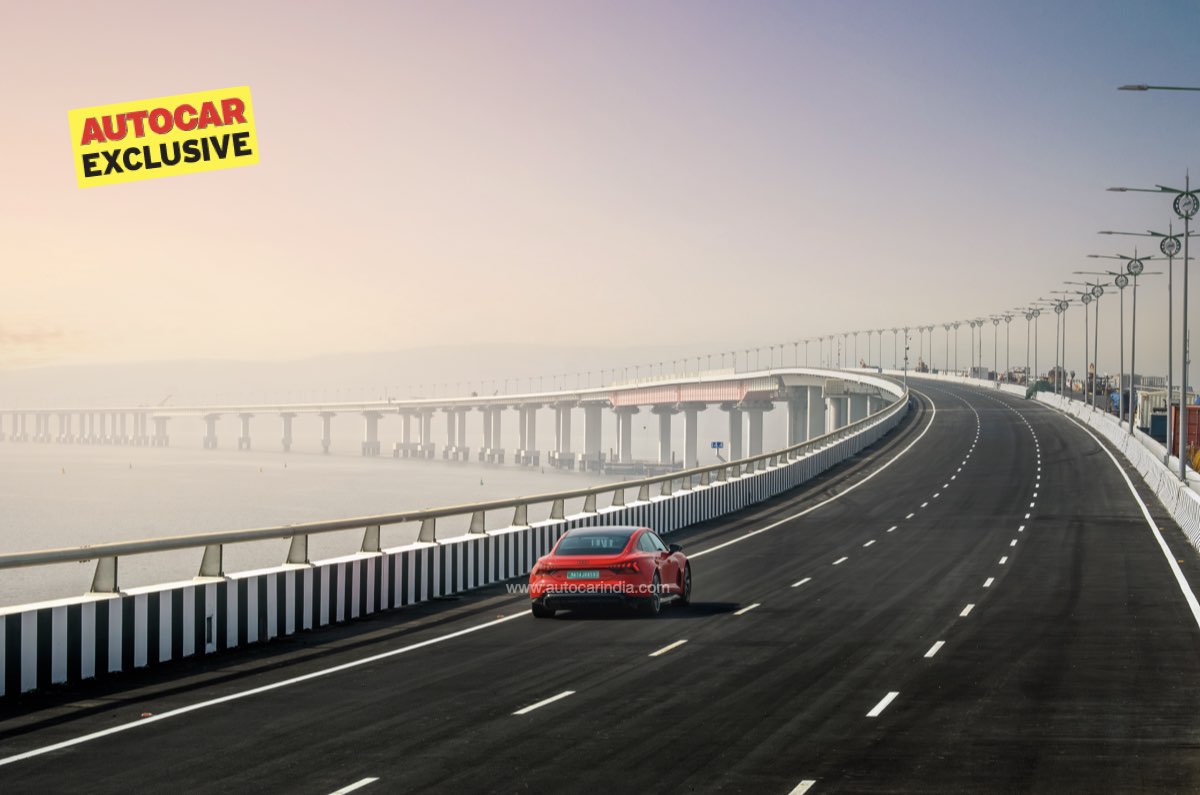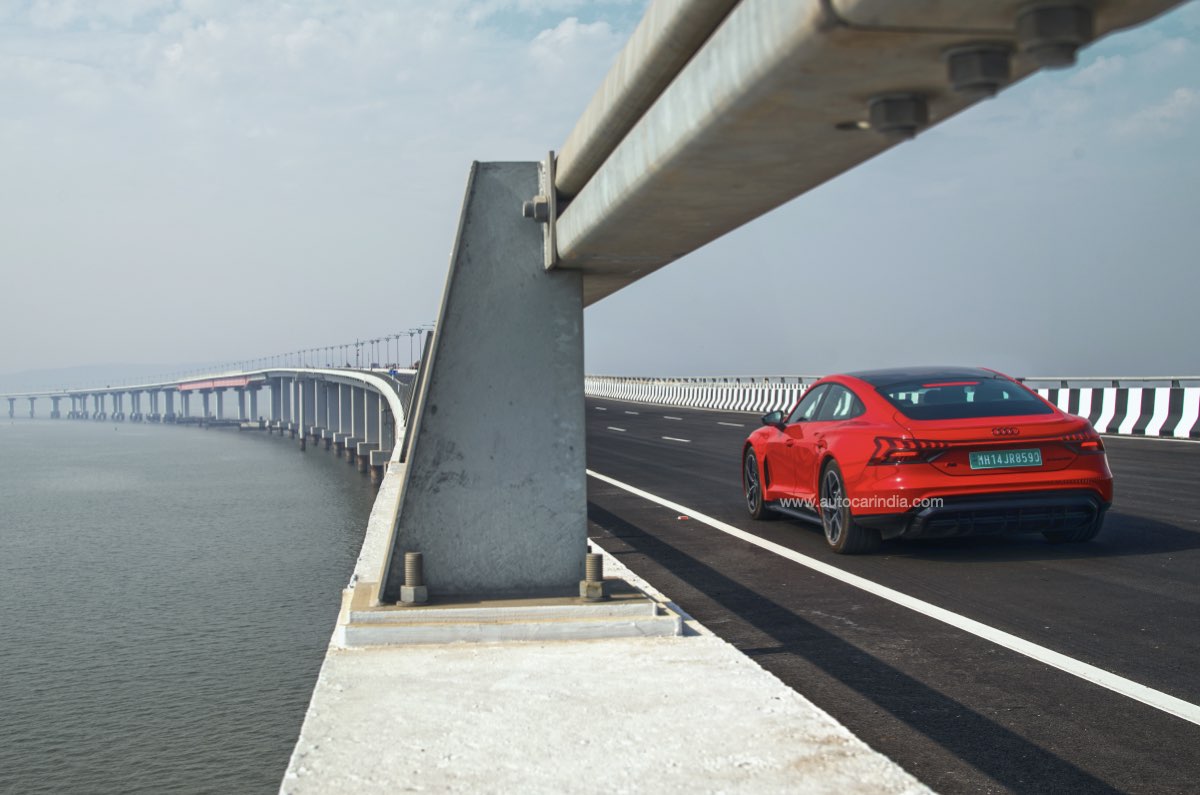Polestar has teamed up with energy suppliers and others for a large-scale vehicle-to-grid (V2G) project in its Swedish home city of Gothenburg, using its new electric SUV, the 3. It is also working with the California Energy Commission and partners to investigate developing V2G systems in California.
V2G systems rely on bi-directional charging, which means EVs can not only take energy from the local grid but give it back as well. If it were implemented on a large enough scale, the vast energy storage capacity of thousands of EVs could play a major part in balancing energy through the grid by feeding it back in peak periods after storing it during off-peak periods.
EV owners who have solar panels can already reduce running costs by storing solar energy in the car’s battery during peak generation periods, rather than buying it from the network operator.
Bi-directional charging will also allow you to use energy stored in your car’s battery to run appliances in your house once the sun goes down. This is known as vehicle-to-home (V2H).
It will also be possible to charge your car from the grid in off-peak periods (like the early hours), then use that energy in the home during peak periods, when tariffs are at their highest.
Polestar is developing a virtual powerplant (VPP) to link cars to the grid via smart chargers. The VPP can see what the collective capacity of all connected cars is, and charge or discharge based on demand and battery optimisation. Owners will ultimately be in control of the battery’s state of charge and be paid a tariff for the energy their cars export, in the same way that people with solar panels in their homes export tariffs.
Until now, bi-directional charging has been possible only on cars that use the Chademo charging system.
As such, the UK’s Electric Nation Vehicle to Grid trial, which was run by Western Power Distribution from March 2021 for one year, involved owners of Nissan Leafs with 30kWh batteries.
V2G wasn’t included in the original standard for the CCS charging system, which virtually all EVs now use. To fix that, a standard called ISO 15118 is under development and expected to be fully signed off in 2025. So in theory, all CCS-equipped EVs from that date could be V2G compatible. It is this standard that Polestar is developing in conjunction with sibling brand Volvo (the 3 uses the same platform as the EX90).
Volkswagen is following a similar path and is also developing the standard to enable automated communication between its EVs and chargers.
Polestar’s Gothenburg trial will start in the first half of 2024 and run for two years, and its California trial runs from December 2023 to October 2024.
V2G is expected to have a significant role to play in stabilising grids during the transition to renewable energy, given that power generation from the wind and the sun fluctuates with weather conditions.
Polestar and VW both say most cars stand around for most of the day, and it makes sense to use them for energy storage during that time.






























